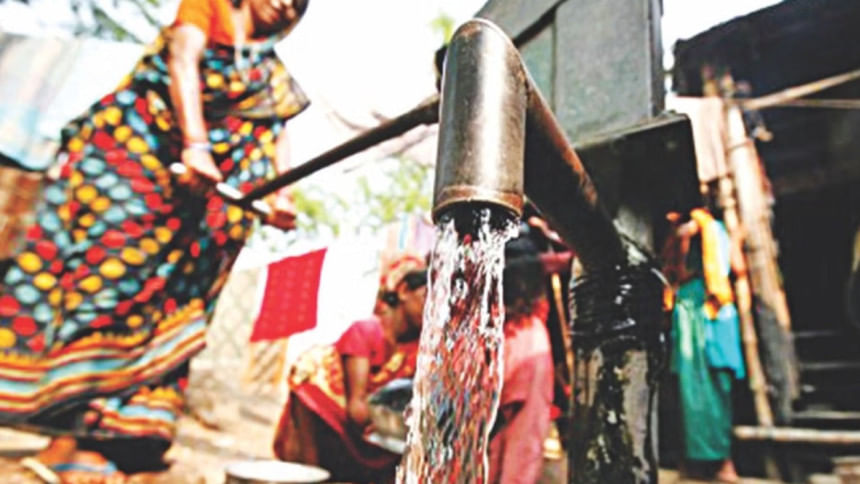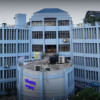Groundwater crisis deepens in coastal Chattogram

Groundwater levels are falling alarmingly across several upazilas of Chattogram, particularly in coastal Sitakunda, Karnaphuli, Anwara, Sandwip, and Banshkhali, creating a worsening crisis in the supply of safe drinking water.
The depletion has become so severe that shallow tube wells are no longer producing usable water, while samples from deep tube wells show salinity and iron concentrations many times higher than national safety standards.
According to the Department of Public Health Engineering (DPHE), the permissible salinity level for drinking water in Bangladesh is 600 milligrams per litre, and iron up to 1 milligram per litre.
In some coastal upazilas, however, salinity has been recorded at 3,000 milligrams per litre, while iron levels have reached 16 milligrams.
DPHE data indicates groundwater levels in these five upazilas have dropped by an average of 3 to 18 metres in the past decade.
Sitakunda has seen a fall of about 3 metres, Anwara 4 to 9 metres, and Banshkhali up to 17 metres.
The crisis in these areas has persisted for years. Shallow tube wells produce water contaminated with both iron and salinity. Although the number of submersible pumps has recently increased, the water quality has not improved, and new pumps now require costly filters to be installed.
For residents, the impact has been stark.
Nurul Islam, of Juldha in Karnaphuli, said his shallow tube wells, for household use, tenants, and his poultry farm, have all failed.
"We now use submersible pumps, but even that water is saline and iron-contaminated," he told The Daily Star.
In Sitakunda, residents blame heavy industrial reliance on deep tube wells for the crisis.
Zahirul Islam, of Kumira, said, "People now have to drill 1,100–1,200 feet deep to find drinkable water."
In Sandwip upazila, safe water is available only from deep tube wells, and even then contamination persists.
Residents are forced to install costly Iron Removal Plant (IRP) filters, raising the cost of a submersible pump from Tk 1.5–2 lakh to more than Tk 2.5 lakh.
DPHE officials confirmed the worsening situation.
Robin Sarkar, sub-assistant engineer in Sandwip, said shallow tube well water remains contaminated with iron and salinity, especially in Rahmatpur, Azimpur, Harishpur, and Urirchar. Residents now have to drill as deep as 1,200 feet for water.
In Karnaphuli, the problem is described as the district's worst.
Sub-assistant engineer Nazim Uddin said shallow tube wells no longer function, and even deep wells in Charpatharghata and Shikalbaha produce poor-quality water.
"In some places, iron concentration is 15 times above the permissible limit, posing serious health risks," he said.
Over the last six fiscal years, DPHE has allocated more than 27,000 submersible pumps across Chattogram district, but residents say the investments have done little to ensure water safety.
With both access and quality deteriorating, the crisis has left thousands of families in coastal Chattogram struggling daily for safe drinking water.

 For all latest news, follow The Daily Star's Google News channel.
For all latest news, follow The Daily Star's Google News channel. 






Comments